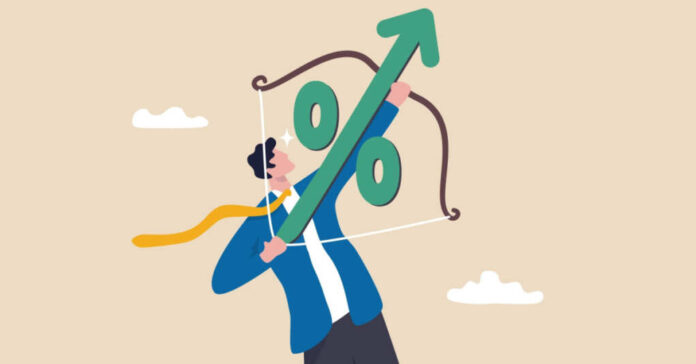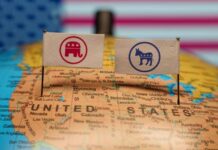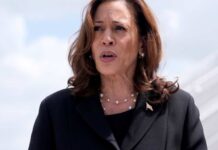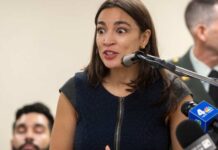
Federal Reserve officials are eying the possibility of yet another rate hike in the face of ongoing inflation. Despite assurances by the administration that inflation has “cooled,” rates stubbornly remain above the desired 2% target range.
The cost of living in the U.S. went up by 3.2% in the year leading to July 2023. In July, prices went up by 0.2% compared to the month before. The main reason for this increase was the cost of housing, both for renting and owning homes. This housing cost increase made up more than 90% of the overall price jump in July.
Inflation has risen nearly 15% under the Biden presidency. To keep up with runaway inflation, the Feds have raised interest rates more times under the current administration than in the previous fifteen years combined. July’s rate hike of .25% marked the eleventh time the Feds have raised interest during the current economic cycle.
That rise brought the costs of the Biden-era rate hikes to $36 billion annually in extra interest charges alone.
The strategy behind interest rate hikes is a simple one: Americans need to stop investing, spending money, borrowing money, and thriving.
Raising interest rates is used to slow down inflation by increasing the costs of borrowing money. This prompts individuals and businesses to cut down on spending and investment because the cost of borrowing rises.
With less spending and investment, the demand for goods and services decreases, leading to a decrease in overall consumer demand. This, in turn, puts downward pressure on prices, causing inflation to slow down. Additionally, higher interest rates make saving more attractive, which can also reduce consumer spending.
For Biden, it’s a catch .22. He touts his alleged “job creation” numbers while overseeing an administration responsible for the circumstances leading to job loss, an inevitable part of the Fed’s rate hike strategy.
As borrowing costs rise due to higher interest rates, both businesses and consumers find it more expensive to borrow money. This discourages businesses from investing in expansion or new projects, potentially leading to job cuts. Consumer spending also declines as borrowing becomes costlier, causing businesses to experience reduced revenues and consider job reductions.
Existing borrowers may struggle to make payments, increasing delinquencies and defaults, which can impact the overall economy. Sensitive industries like housing and exports can be particularly affected, causing further job losses. In addition, global capital flows driven by interest rates can influence currency values, potentially hurting export-oriented industries. These combined effects can contribute to an economic slowdown, prompting businesses to cut back on hiring or lay off employees to adapt to decreased demand.
So far, the administration has carefully danced around a recession. A recession is a significant and prolonged economic downturn characterized by a decline in economic activity, including reduced GDP, decreased consumer spending, lower business investments, rising unemployment rates, and overall financial challenges.
Wall Street advisors predict that the Federal Reserve may pause additional rate hikes this year and possibly begin lowering them in 2024. But the Feds aren’t committing to the pause or the possibility of cutting interest rates until it sees inflation drop to 2%, a longshot in the current economy.
But the Feds are cautious about stopping the hikes or beginning to cut them when faced with consumer reality. Household costs, like groceries, rent, and gas, are still rising significantly. They welcome a “soft landing,” meaning inflation will continue to cool with no further actions from the Feds.
But they are leaving nothing to chance. According to Kathy Bostjancic, a Nationwide chief economist, the Feds would prefer to “err on the side of higher interest rates” than risk inaction that might drive inflation even higher.
But Fed Chair Jerome Powell remains non-committal on the intentions of the Federal Reserve. In July, he remarked, “It is certainly possible that we would raise [rates] again at the September meeting if the data warranted. And I would also say it’s possible that we would choose to hold steady at that meeting.”
Even more frightening for struggling Americans, there are three more meetings between now and the end of the year. That’s three more opportunities for the Feds to decide Americans shouldn’t purchase cars, homes, or big-ticket items even if they could afford them.
Welcome to Biden’s U.S., where the American dream comes to die. Hopefully, voters will remember who orchestrated their new reality in November of 2024.















